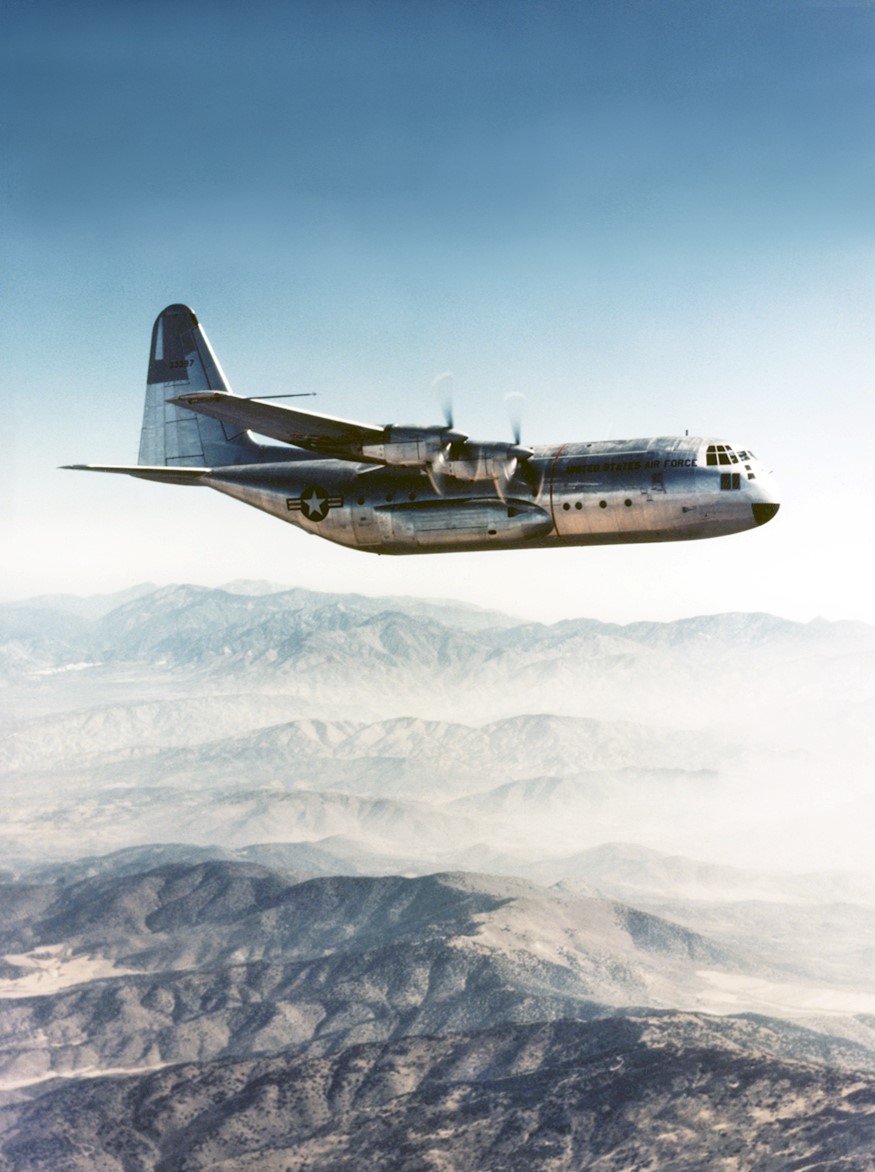Illustrated with over a thousand photographs and drawings, 75 years of the Lockheed Martin Skunk Works details the 46 unclassified programmes developed by the Skunk Works, following them through prototype build-up, first flight and, if they reached the frontline, operational service. In today's blog post, author James C. Goodall looks at how this title came about and gives a brief overview of its contents.
When I started kicking around the idea of putting together a book on the Skunk Works’ first 75 years, I wasn’t sure where to start. When I was in high school and a student at the University of Minnesota, I absolutely hated term papers, not disliked them, HATED them. So how did I manage to finish my 382-page, 800-photo, and 27th book going to print? I guess it was my destiny.
The first order of business was to see if Lockheed Martin’s new Vice President and General Manager, Jeff Babione, thought it was a good idea. After Jeff had a chance to see a few of my other hardbound books, he felt the book was definitely worth exploring. Not many high-tech companies make it to 50 years, let alone 75. Jeff consulted with legal, security, and the management team at corporate headquarters, and the company gave me permission to use images from their astonishing archive.’

A great view of the prototype YC‑130 over the San Gabriel Mountains east of Los Angeles.
(Lockheed Martin)
Finding a starting point was relatively easy. A good deal of the book was already assembled as I had just finished my Blackbird book. I had a lot of unused information and data from my previous work which would be useful for putting together the various Blackbird chapters and the events of the last 75 years.
The next area I had to cover was working with the Skunk Works to identify programs that needed to be included. I wanted to do justice to Lockheed, Kelly Johnson, Ben Rich, and the men and women who designed, fabricated, built, and test-flew the wonders of the most interesting aviation design group ever to walk on this earth…The Lockheed Martin Skunk Works.
Finally, I had to find a publisher who would do my project justice; that’s where Osprey came into the picture. With a publisher now secured, it was my task to assemble a pictorial history that pulled together my 50 years of gathering “all things Skunk Works”, making it work and incorporating my previous research.
To fill in the blanks, I had to call in a lot of favors from the members of the various focus groups and aviation friends who specialized in a particular aspect of one of the many families of spooky aircraft, which came from the minds of the Kelly Johnson’s, the Ben Rich’s and now the Jeff Babione’s design and engineering teams. These are very large shoes to fill; and fill them, they did.
Over the course of 75 years, this pictorial history takes you from the middle part of World War II, the Korea War, the shoot down of Francis Gary Powers on May 1, 1960, through the Vietnam War, Desert Shield/Storm and beyond.
This ride through history started with the Army Air Forces first operational jet fighter, the XP-80 Shooting Star. Designed and built by Lockheed in 1943 and delivered just 143 days from the start of the design process, production models were soon flying, and two pre-production models did see very limited service in Italy just before the end of World War II.

The XP‑80 fully assembled and ready for testing on the ramp of Muroc AAF in late 1947.
(EAFB/HO)
I’ve done my very best to cover over 40 programs with specific technical data; photos, if available, as some are still classified. I’ve included a brief history of how and where these machines evolved from the finest minds in the aerospace world that created the very first jet powered glider, also known as the U-2 Dragon Lady; the successor to the U-2; the Blackbird family of Mach 3+ manned and unmanned aircraft. And then I’ve topped off the first 50 years by writing about the development of the worlds’ first operational jet fighter; not a fighter in the true sense of the word, but a ‘Stealth’ bomb truck called the F-117A Night Hawk...aka the ‘Cockroach’.
The book covers a number of very obscure programs, several that never made it off the drawing board all the way to the first operational sortie in a true ‘Stealth’ aircraft, the F-117A over the skies of Panama. I’ve retraced the company’s progress in the designing, building and testing of the only other operational Stealth fighters in the world, the F-22 Raptor and the just as ‘Stealthy’ F-35 Lightening II family of multi-agency fighters. I have even included their more bizarre projects, like the Skunk Works designed and developed Stealth ship, the US Navy’s Sea Shadow, IX-529.
Near the end of the book, I’ve delved into some of the more unusual aspects of what comes out of the Skunk Works brain trust. One such program would be the Cormorant, submarine launched and recovered underwater launched reconnaissance UAV.
In one of the last chapters of the book, I’ve briefly covered the Skunk Works ‘Compact Fusion Reactor’ that holds so much promise. I’m surprised it’s not being covered in all the industrial and aviation related books and publications. The project is about a “non-nuclear” fusion reactor that requires no maintenance, servicing and refueling for the life of the reactor. It’s a power plant that can fit into a 40-foot container, it could be airlifted anywhere in the world via a C-5 Galaxy, a C-17A Cargo Master III, or an A-400 Hercules and power a 100,000-home city or military base. It also holds the hope that it could someday power a fleet of electrically powered wide-bodied aircraft that would never have to refuel, with Jet-A, LH2 or large banks of high-density batteries.
The over 40 programs I’ve included only scratch the surface of what’s really going on at the Lockheed Martin Skunk Works facility at Air Force Plant 42, Site 10, Palmdale, CA. I have to believe there are probably another 40 programs of which I’m not aware, but am still searching. If this book sells out, I hope to do a “Rev. 2” covering additional programs that are now just seeing the light of day.
I hope you enjoy the book as much as I did putting it together.


Comments
You must be logged in to comment on this post. Click here to log in.
Submit your comment